Therefore, before you replace the CPU, we recommend that you perform the necessary measures to check if the CPU is dead. Knowing if the CPU is dead before replacing it will also save you from spending a ton on a new CPU chip.
Common Things That Might Indicate a Dead CPU
When the CPU dies, the system will start, and the fans will turn on, but the monitor will not give any output. In some cases, the computer might not even turn on.
How to Tell if the CPU is Dead?
CPU chip rarely stops functioning. Bent CPU pins and physical damages are two major reasons your CPU is dead. If the pins are not bent, and the CPU has not suffered from physical damage, make sure that you examine the entire system before concluding that the CPU is dead.
RED CPU light on the motherboard will light up Fans will run at their maximum RPM Black screen PC turns off automatically
Although the indication mentioned above might conclude that the CPU in your system is dead, there are a few other things you can check to see if the CPU is dead.
POST Test
POST, or the Power On Self Test, is the first thing the system runs once you press the power button. The test checks if the system detects every hardware component that it needs. This includes the CPU, RAM, GPU, and a few I/O devices. If the CPU is dead, it cannot communicate with the GPU. Therefore, the system will not have any display. The system will run, and the fans will spin, but you will not see anything on display. You can also try using a POST card on the expansion slots on your motherboard. The POST card will display an error code. Using this code, you can be certain whether the CPU is damaged or something else.
Check for Bent Pins
The CPU chips usually do not get damaged over time. They do tend to be slow as you use newer OS and applications. The only thing that can permanently damage the CPU is bent pins. Remove the CPU from the motherboard and check if any pins on the CPU chip are bent. All the pins should be parallel to one another. However, not all processor has pins that connect them to the motherboard. Intel process will not have any pins on them. So, if you use an Intel processor, it can be that you have bent pins on the motherboard’s CPU socket. However, if you use an AMD processor, there is a chance that you have bent pins on the CPU.
Check Fans RPM
The motherboard’s BIOS controls the CPU and case fan speed when the system starts. The computer will not be able to get past the POST test if it does not detect a processor. And hence, the CPU fans will run at their maximum RPM if the CPU is dead. Therefore, if you see that the computer makes a lot of noise, it is a sign that the motherboard is not detecting the CPU.
Replace CMOS Battery
The CMOS holds information such as date and time, boot device, and data about all the hardware connected to it. The CMOS battery powers the CMOS chip with power to hold all these data when the system shuts down. If the CMOS battery dies, it can cause issues when booting the PC. Replace the CMOS battery to check if the PC boots.
Re-Insert the Power Supply
The PSU can also be at fault when the motherboard does not detect the CPU. The 8-pin power cable from the PSU connects to the motherboard. This cable supplies power to the CPU chip. A damaged 8-pin cable is known to cause issues such as the motherboard not detecting the CPU. Re-insert this cable and start the PC to check if it passes the POST test. If it does not work, it can also be that the PSU is not supplying enough power to the motherboard. Try replacing the PSU to check if it fixes the issue. If it still does not work, perform another test to see if the motherboard detects the CPU.
Remove and Reconnect All Wires
Sometimes internal wirings may cause irregular behavior in your PC. When wires from the CPU fan are not connected properly, the fan will not spin. This will result in the CPU to run at extreme temperatures. Therefore, the PC will turn off randomly. Besides this, cables from the PSU also need to be secured. Try removing and reconnecting all the wires to check if the motherboard detects the CPU.
Check CPU in Another Motherboard
Finally, if nothing works, remove the CPU from the current setup and insert it into another system. If this system starts, it is most likely that the motherboard from the previous setup was faulty. However, if the new system still does not start, there is a high chance that the CPU is dead.
Can I Run a PC Without a CPU?
The PC will not pass the POST test without functioning a CPU. Furthermore, as the GPU also needs to communicate with the CPU, without a CPU, you will not have any display on your monitor. Although the system might start and the system/case fans may or may not spin, the monitor will not display anything.
Finally
If your PC does not get past the POST test after performing all the steps mentioned above, your CPU might be dead. However, before replacing the CPU, you should know that the CPU usually does not get damaged or become faulty unless it suffers from a bent pin or has a visible burnt mark. Make sure that you are sure that the CPU is dead before replacing it.


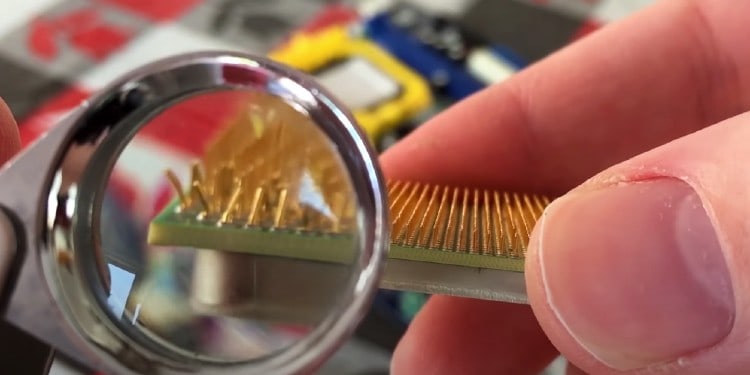
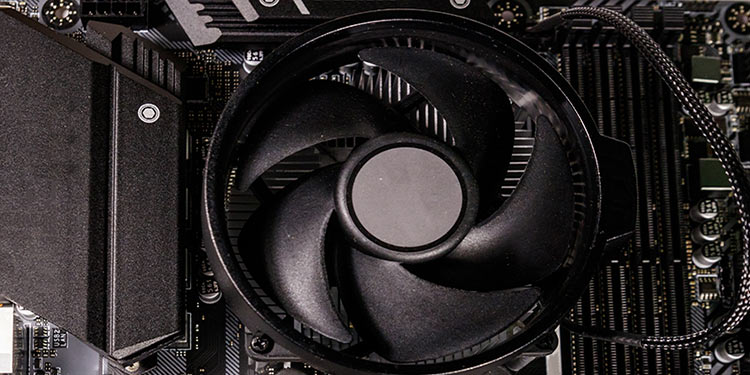
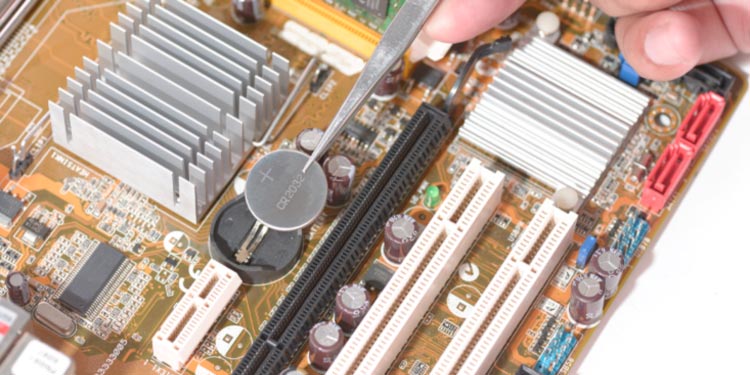
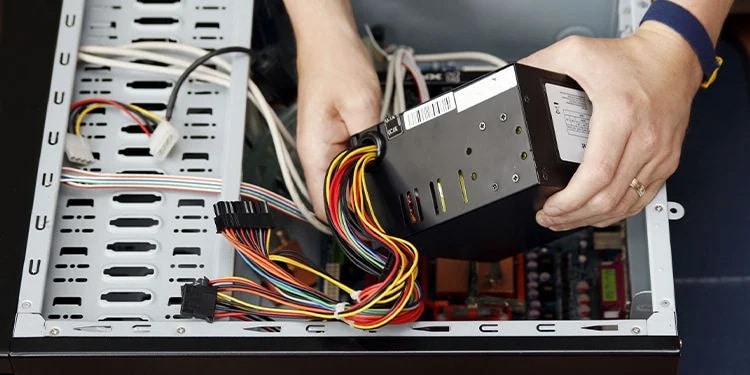
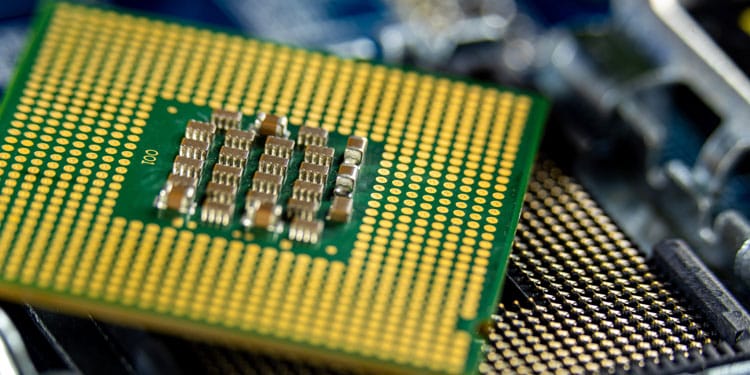
title: “How To Tell If Cpu Is Dead " ShowToc: true date: “2022-10-30” author: “David Silveira”
Therefore, before you replace the CPU, we recommend that you perform the necessary measures to check if the CPU is dead. Knowing if the CPU is dead before replacing it will also save you from spending a ton on a new CPU chip.
Common Things That Might Indicate a Dead CPU
When the CPU dies, the system will start, and the fans will turn on, but the monitor will not give any output. In some cases, the computer might not even turn on.
How to Tell if the CPU is Dead?
CPU chip rarely stops functioning. Bent CPU pins and physical damages are two major reasons your CPU is dead. If the pins are not bent, and the CPU has not suffered from physical damage, make sure that you examine the entire system before concluding that the CPU is dead.
RED CPU light on the motherboard will light up Fans will run at their maximum RPM Black screen PC turns off automatically
Although the indication mentioned above might conclude that the CPU in your system is dead, there are a few other things you can check to see if the CPU is dead.
POST Test
POST, or the Power On Self Test, is the first thing the system runs once you press the power button. The test checks if the system detects every hardware component that it needs. This includes the CPU, RAM, GPU, and a few I/O devices. If the CPU is dead, it cannot communicate with the GPU. Therefore, the system will not have any display. The system will run, and the fans will spin, but you will not see anything on display. You can also try using a POST card on the expansion slots on your motherboard. The POST card will display an error code. Using this code, you can be certain whether the CPU is damaged or something else.
Check for Bent Pins
The CPU chips usually do not get damaged over time. They do tend to be slow as you use newer OS and applications. The only thing that can permanently damage the CPU is bent pins. Remove the CPU from the motherboard and check if any pins on the CPU chip are bent. All the pins should be parallel to one another. However, not all processor has pins that connect them to the motherboard. Intel process will not have any pins on them. So, if you use an Intel processor, it can be that you have bent pins on the motherboard’s CPU socket. However, if you use an AMD processor, there is a chance that you have bent pins on the CPU.
Check Fans RPM
The motherboard’s BIOS controls the CPU and case fan speed when the system starts. The computer will not be able to get past the POST test if it does not detect a processor. And hence, the CPU fans will run at their maximum RPM if the CPU is dead. Therefore, if you see that the computer makes a lot of noise, it is a sign that the motherboard is not detecting the CPU.
Replace CMOS Battery
The CMOS holds information such as date and time, boot device, and data about all the hardware connected to it. The CMOS battery powers the CMOS chip with power to hold all these data when the system shuts down. If the CMOS battery dies, it can cause issues when booting the PC. Replace the CMOS battery to check if the PC boots.
Re-Insert the Power Supply
The PSU can also be at fault when the motherboard does not detect the CPU. The 8-pin power cable from the PSU connects to the motherboard. This cable supplies power to the CPU chip. A damaged 8-pin cable is known to cause issues such as the motherboard not detecting the CPU. Re-insert this cable and start the PC to check if it passes the POST test. If it does not work, it can also be that the PSU is not supplying enough power to the motherboard. Try replacing the PSU to check if it fixes the issue. If it still does not work, perform another test to see if the motherboard detects the CPU.
Remove and Reconnect All Wires
Sometimes internal wirings may cause irregular behavior in your PC. When wires from the CPU fan are not connected properly, the fan will not spin. This will result in the CPU to run at extreme temperatures. Therefore, the PC will turn off randomly. Besides this, cables from the PSU also need to be secured. Try removing and reconnecting all the wires to check if the motherboard detects the CPU.
Check CPU in Another Motherboard
Finally, if nothing works, remove the CPU from the current setup and insert it into another system. If this system starts, it is most likely that the motherboard from the previous setup was faulty. However, if the new system still does not start, there is a high chance that the CPU is dead.
Can I Run a PC Without a CPU?
The PC will not pass the POST test without functioning a CPU. Furthermore, as the GPU also needs to communicate with the CPU, without a CPU, you will not have any display on your monitor. Although the system might start and the system/case fans may or may not spin, the monitor will not display anything.
Finally
If your PC does not get past the POST test after performing all the steps mentioned above, your CPU might be dead. However, before replacing the CPU, you should know that the CPU usually does not get damaged or become faulty unless it suffers from a bent pin or has a visible burnt mark. Make sure that you are sure that the CPU is dead before replacing it.






